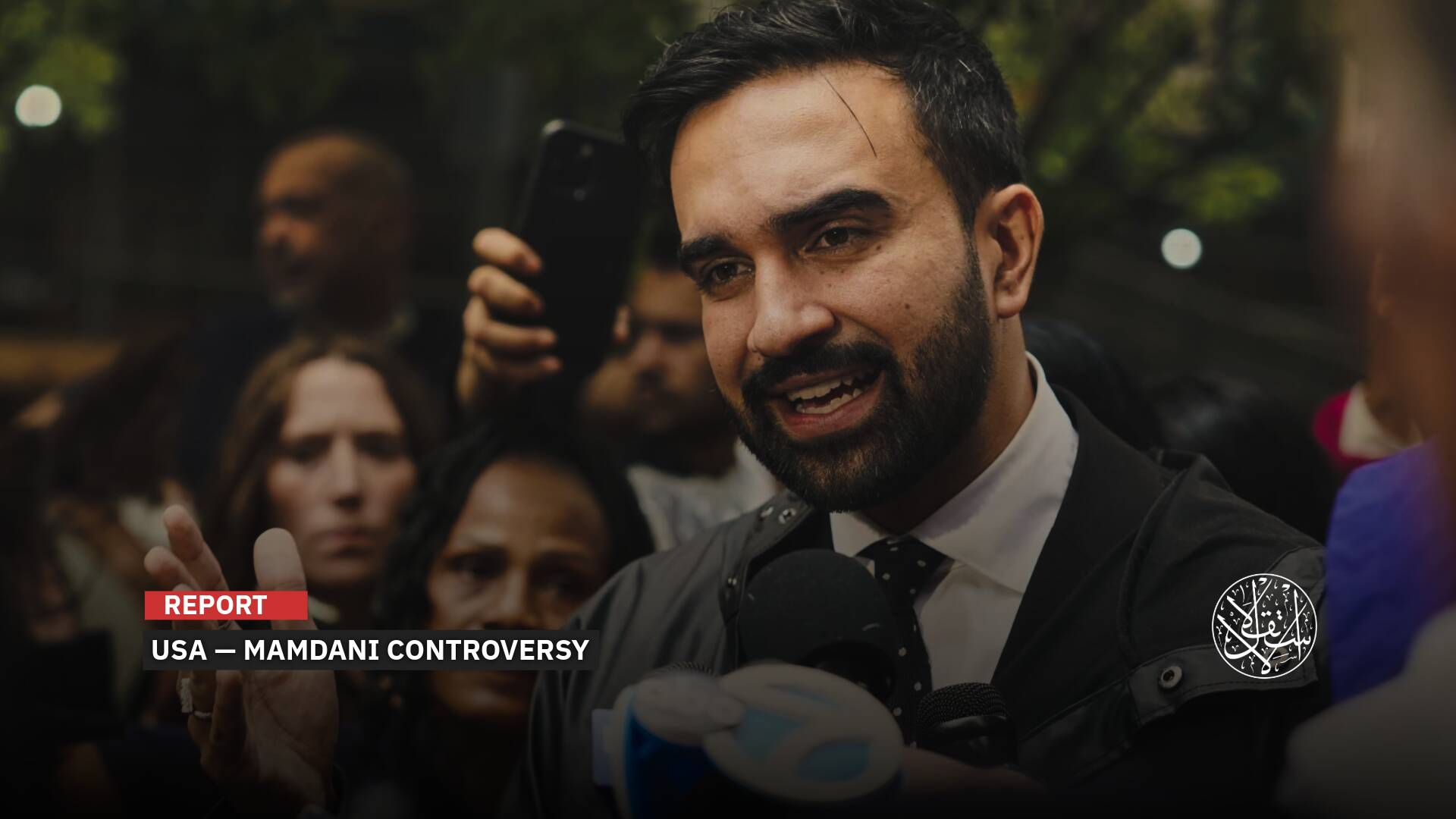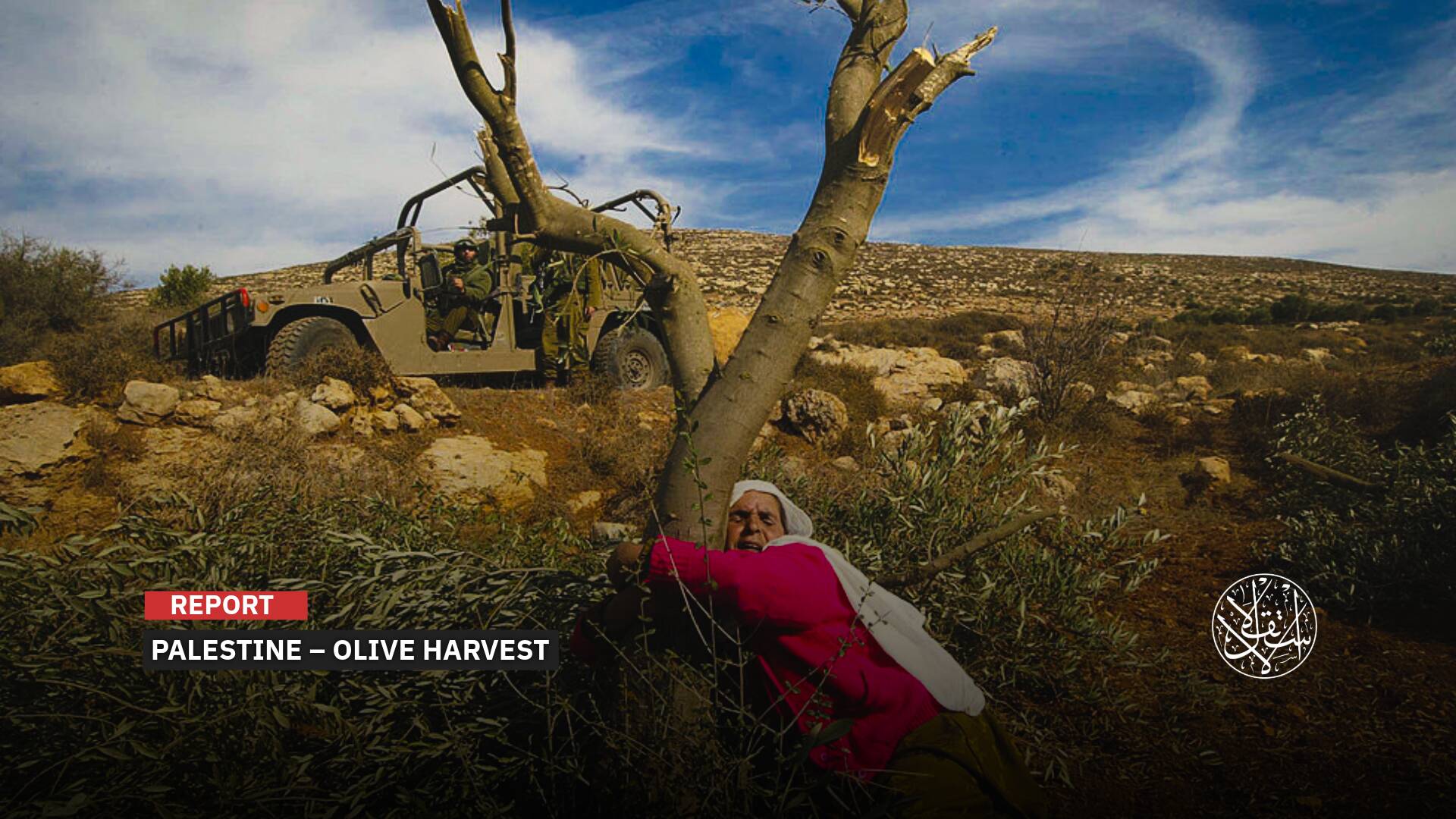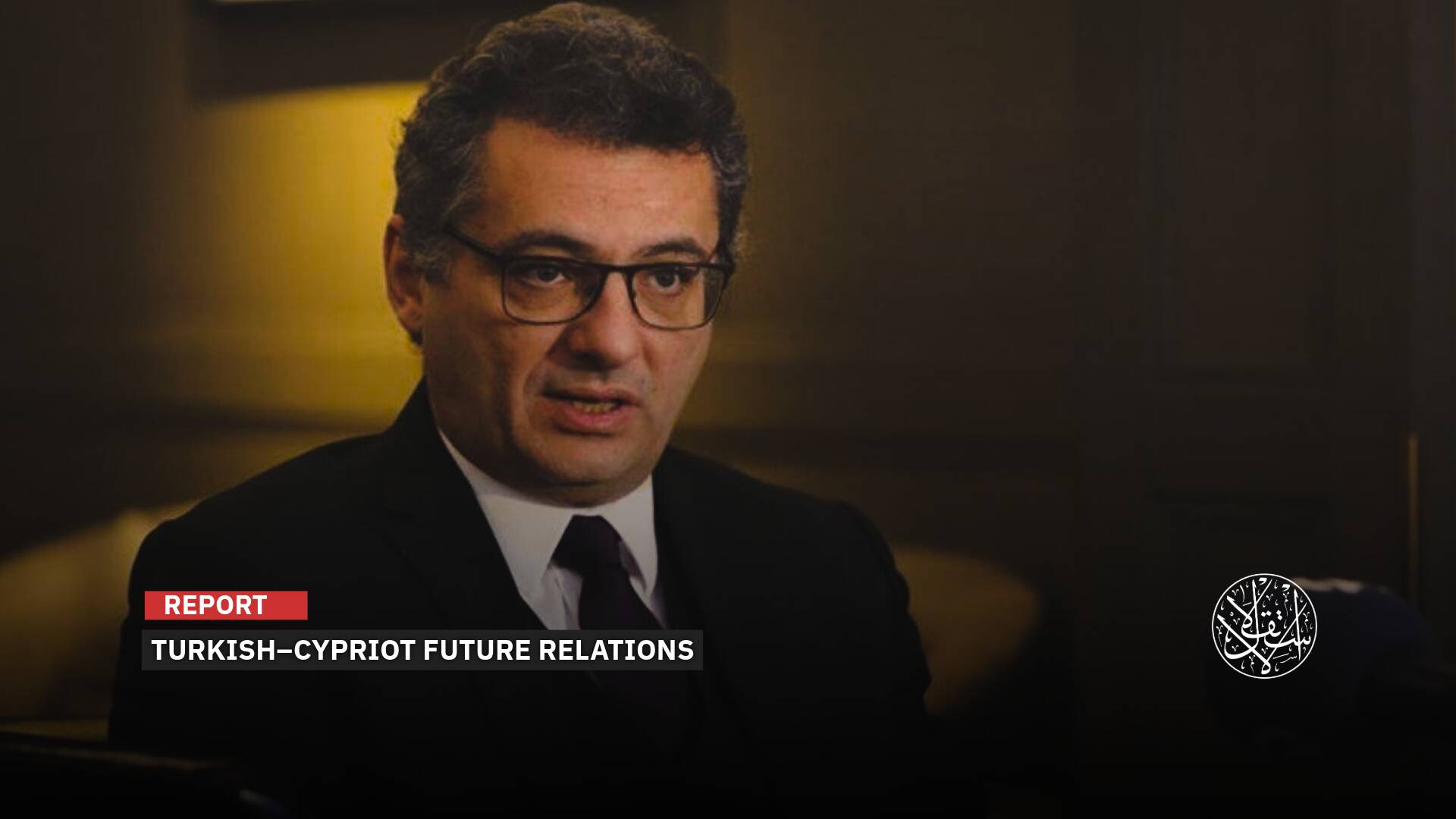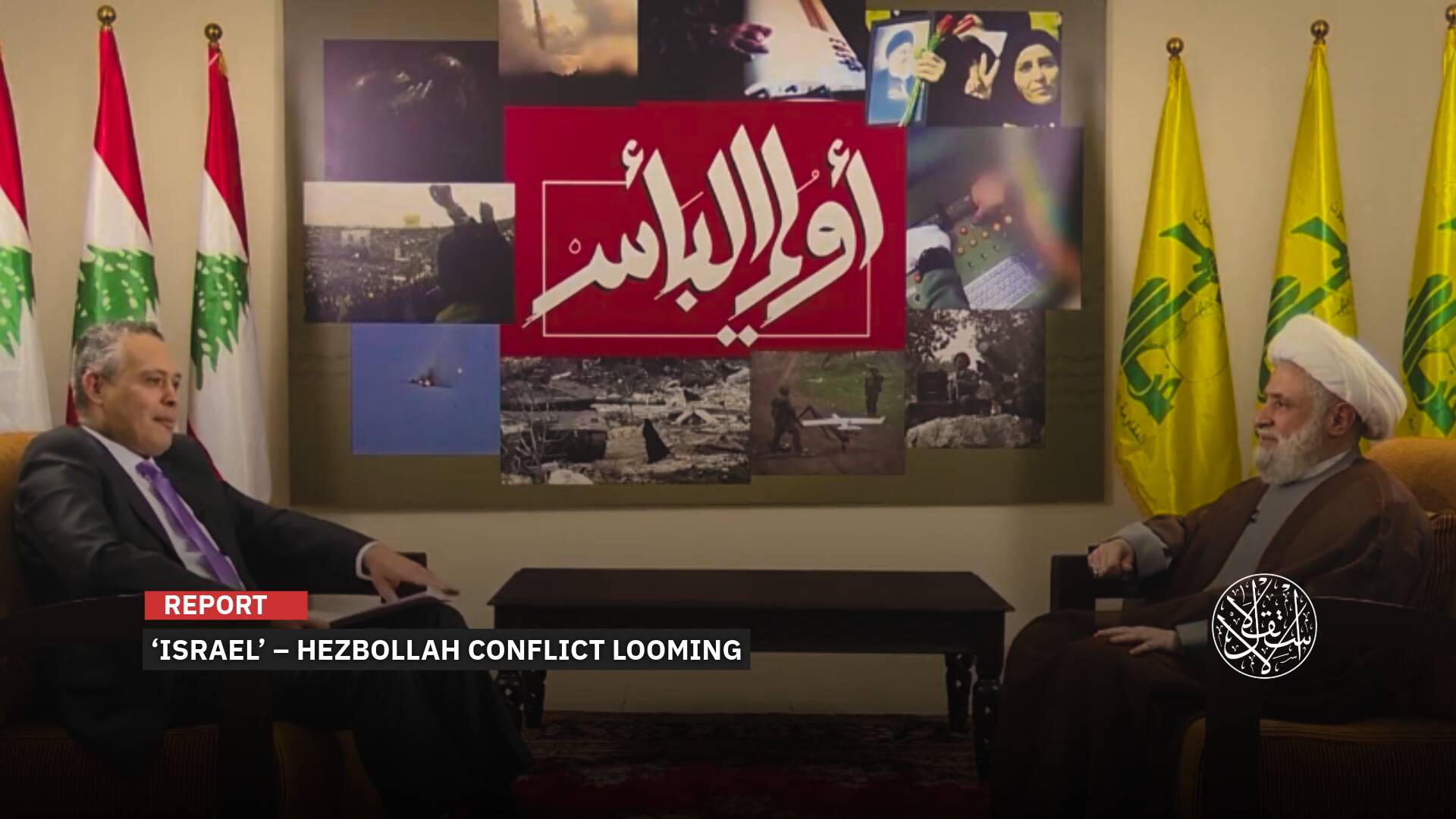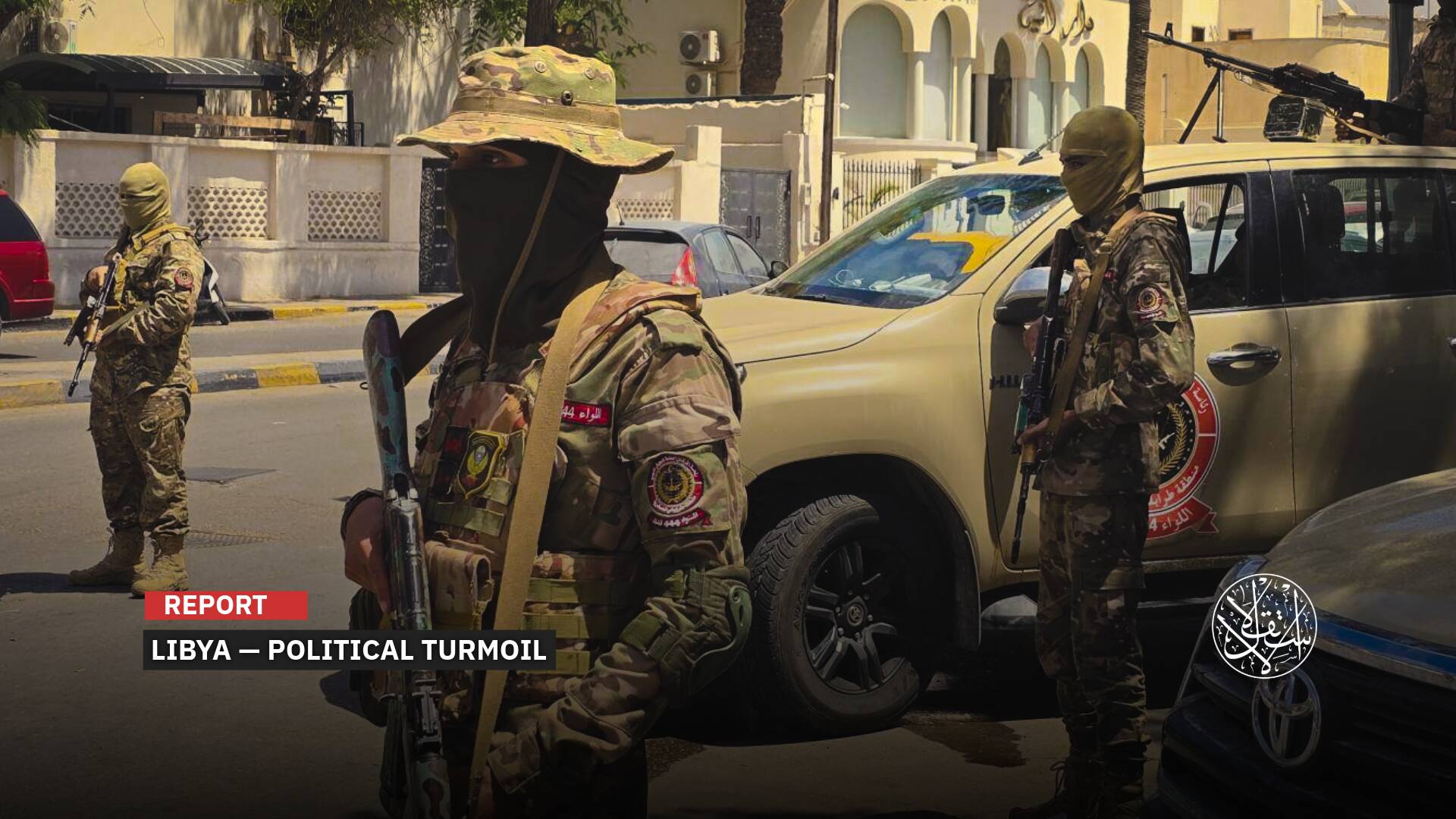Intelligence Assessment: How Ready Is Iran to Restart Its Nuclear Program After the War?

There have been reports that Iran moved depleted uranium before the strike on Fordow.
As soon as the dust settled from the 12-day Israeli aggression against Iran, questions swiftly emerged over the future of Tehran’s nuclear program, particularly in the wake of the Iranian parliament’s vote to sever ties with the International Atomic Energy Agency, a retaliatory move following direct strikes on its nuclear facilities.
On June 23, 2025, U.S. President Donald Trump announced a full ceasefire, set to take effect the following day.
The declaration came just 48 hours after American forces launched targeted airstrikes on Iran’s three most critical nuclear sites, signaling a dramatic escalation — and an equally abrupt pause — in an aggression that had drawn global alarm.
Nuclear Program Continues
On June 25, Iran’s parliament — the Islamic Consultative Assembly — voted to suspend cooperation with the International Atomic Energy Agency (IAEA), in a direct response to the U.S. strikes on Iranian nuclear facilities.
“The International Atomic Energy Agency, which refused to even marginally condemn the attack on Iran’s nuclear facilities, put its international credibility up for auction,” Parliament Speaker Mohammad Bagher Ghalibaf said on state television.
“The Atomic Energy Organization of Iran will suspend its cooperation with the IAEA until the security of our nuclear facilities is guaranteed,” he added.
Iran’s ISNA news agency quoted Alireza Salimi, a member of the parliament’s presidium, as saying the newly passed legislation bars IAEA inspectors from entering the country unless the security of Iran’s nuclear facilities is ensured and guaranteed.
Salimi clarified that inspector access would now require approval from Iran’s Supreme National Security Council, and that the suspension includes cooperation under the Comprehensive Safeguards Agreement as well as other related treaties.
Separately, Iranian Foreign Minister Abbas Araghchi declared that the Israeli and American strikes would ultimately have a positive effect on Iran, stating that they would strengthen our resolve and make us more determined and resilient.
“No one in Iran will ever abandon the nuclear program—a transparent program under the supervision of the International Atomic Energy Agency (IAEA),” Foreign Minister Seyed Abbas Araghchi stated.
“The government has defended the nation’s rights both on the battlefield and at the negotiation table. These aggressions have only strengthened Iran’s resolve. Our people and scientists have stood firm over the years—under sanctions, and now in war.”
“For years, we’ve shown commitment to the NPT, but the treaty has failed to protect our program. IAEA reports have been helpful, but we also have concerns about possible political motives behind them. We must reassess how we protect our nuclear facilities.”
While placing significant blame on the International Atomic Energy Agency for the current crisis, Araghchi also voiced frustration with what he described as the Agency’s reporting style.
According to Al-Estiklal, “The way Iran views the nuclear program — and the non-proliferation system as a whole — is bound to change,” he concluded. “At this moment, I cannot predict which direction that change will take.”

Doubt over Destruction
The strikes on Iran’s nuclear facilities may have fallen short of their intended impact, according to a U.S. intelligence assessment that cast doubt on the effectiveness of the operation.
As reported by CNN on June 25, the evaluation concluded that the core components of Iran’s nuclear program were not destroyed, and that the assault is likely to delay, rather than dismantle, the program by only a few months.
Citing four unnamed U.S. officials, the network reported that the preliminary findings from the Pentagon’s intelligence division directly contradict repeated claims by President Donald Trump that the strikes had “completely destroyed” Iran’s uranium enrichment sites.
According to sources familiar with the assessment, Iran’s stockpile of enriched uranium remains intact. One official noted that the centrifuges are “largely undamaged.”
“This alleged assessment is flat-out wrong and was classified as ‘top secret’ but was still leaked to CNN by an anonymous, low-level loser in the intelligence community,” White House Press Secretary Karoline Leavitt noted.
“The leaking of this alleged assessment is a clear attempt to demean President Trump, and discredit the brave fighter pilots who conducted a perfectly executed mission to obliterate Iran’s nuclear program.”
“Everyone knows what happens when you drop fourteen 30,000-pound bombs perfectly on their targets: total obliteration,” she added.
According to CNN: “While US B-2 bombers dropped over a dozen of the bombs on two of the nuclear facilities, the Fordow Fuel Enrichment plant and the Natanz Enrichment Complex, the bombs did not fully eliminate the sites’ centrifuges and highly enriched uranium, according to the people familiar with the assessment.”
“Instead, the impact to all three sites — Fordow, Natanz, and Isfahan — was largely restricted to aboveground structures, which were severely damaged, the sources said. That includes the sites’ power infrastructure and some of the aboveground facilities used to turn uranium into metal for bomb-making.”
“US officials believe Iran also maintains secret nuclear facilities that were not targeted in the strike and remain operational, according to two sources familiar with the matter,” CNN reported.
Meanwhile, the Trump administration postponed classified briefings that had been scheduled for members of Congress to discuss the U.S. strikes on Iranian nuclear sites — a move that triggered backlash among Democratic lawmakers.
As reported by The New York Times on June 25, Democrats accused the administration of lacking transparency and sidelining the legislative branch in matters of national security.

Fate of Uranium
On the international front, Rafael Grossi, head of the International Atomic Energy Agency, confirmed that the agency does not know the whereabouts of more than 400 kilograms of potentially enriched uranium.
Iranian officials have claimed the material was moved as a precautionary measure ahead of the U.S. strikes on nuclear facilities.
IAEA Director General Rafael Mariano Grossi told Fox News, “I have to be very precise [...] we are the IAEA, so we are not speculating here. We do not have information of the whereabouts of this material.”
Grossi said that the IAEA was making an informed rather than speculative assumption based on an Iranian official telling him it would take protective measures, which “may or may not include moving around the material.”
The only way to confirm is “to allow the inspection activity to resume as soon as possible,” he said.
According to Fox News, "I wouldn’t argue with that because 60% is not 90%," Grossi said, but more important is figuring out if the uranium was moved and where it is located. "My obligation is to account for every gram of uranium that exists in Iran and in any other country," he said, adding that the investigation is not a discriminatory approach against Iran.
“Satellite imagery captured ahead of U.S. strikes on three major Iranian nuclear sites showed "unusual" movement around the entrance to Iran's Fordow enrichment facility,” as reported by Newsweek.
The following day’s images showed most of the trucks moving northwest of Fordow, with others stationed near the site’s entrance.
According to Newsweek, “A total of 16 cargo trucks were spotted on the access road leading up to the Fordow tunnel entrance on Thursday, but most had moved to a spot 1 kilometer (0.6 miles) northwest of the access road by the following day, Maxar said.”
Agence France-Presse quoted Heloise Fayet, a nuclear expert at the French Institute of International Relations, who said satellite images showing activity around Fordow “suggest the possible transfer of enriched uranium stockpiles to locations beyond the International Atomic Energy Agency’s oversight.”
Fayet explained, “We had some, albeit incomplete, knowledge of the nuclear program thanks to IAEA inspections — but now, inspections are no longer possible.”
“A senior Iranian source told Reuters on Sunday most of the 60% highly enriched uranium had been moved to an undisclosed location before the U.S. strike,” Reuters reported.
Ali Vaez, Iran project director at the International Crisis Group, told Reuters the attacks will not necessarily end Iran’s nuclear program, noting that Tehran has produced hundreds of advanced centrifuges over the past few years, which have been stored in unknown locations.
Sima Shine, an Iran researcher at the Israeli Institute for National Security Studies, told The Telegraph that Iran moved a significant portion of its enriched uranium to a secret site prior to the U.S. bombing.
She added that Iran possesses secret facilities housing hundreds, perhaps thousands, of advanced centrifuges capable of enriching uranium to weapons-grade levels.
According to The Telegraph, the Kuh-e-Kalang Gazelle complex may be the safest haven for such activities. Located 145 kilometers south of Fordow and close to the Natanz nuclear site in Isfahan province, the sprawling facility is still under construction but has been secretly reinforced and expanded over the past four years.


